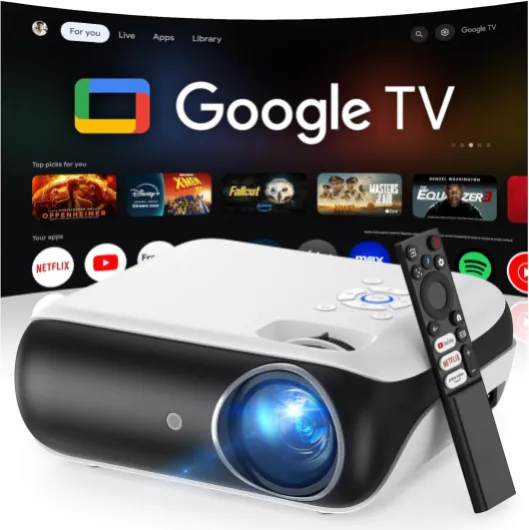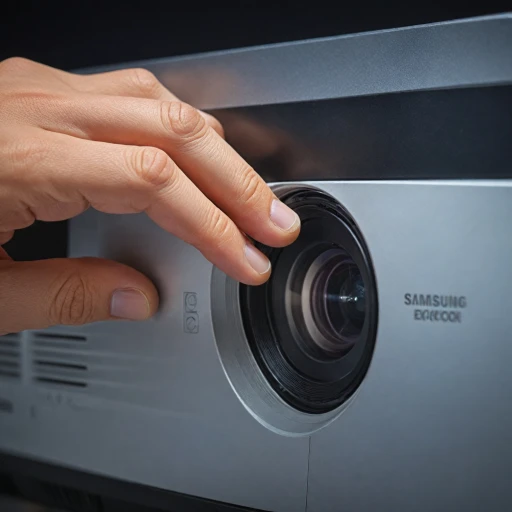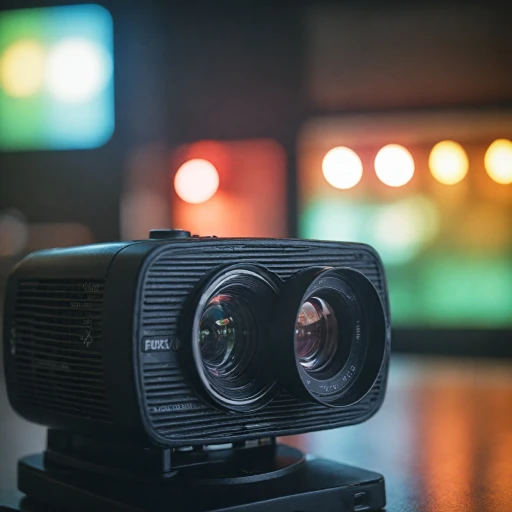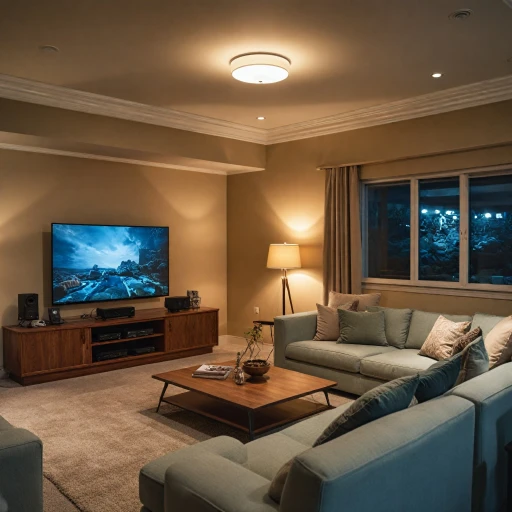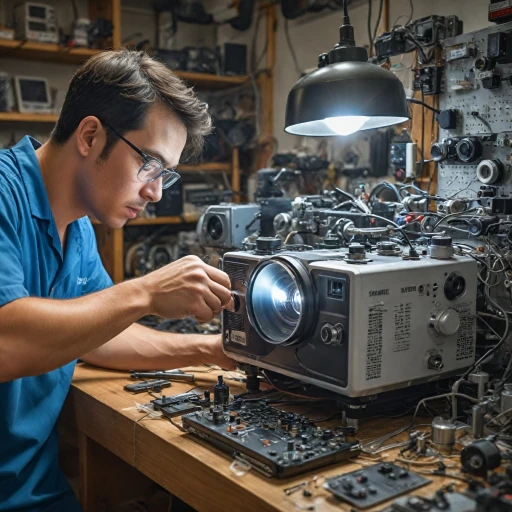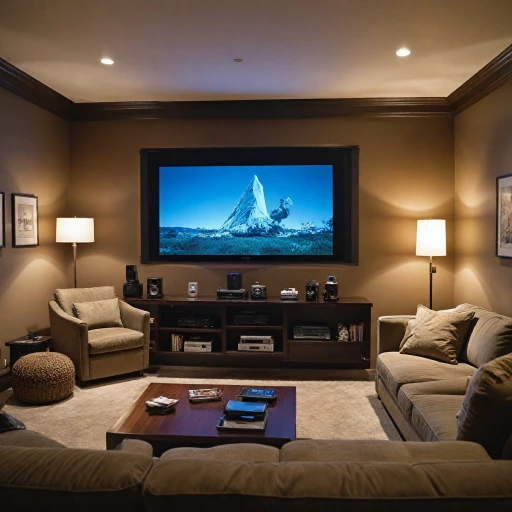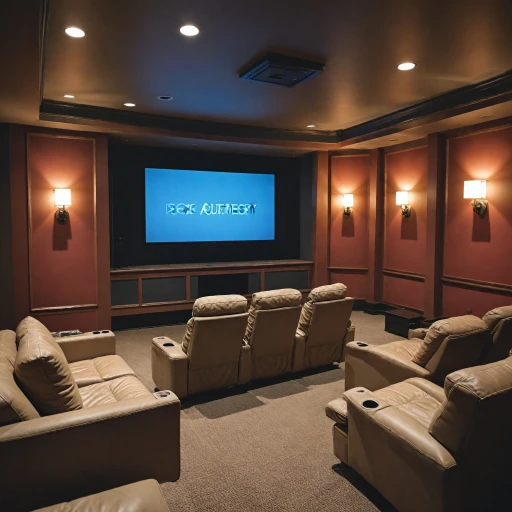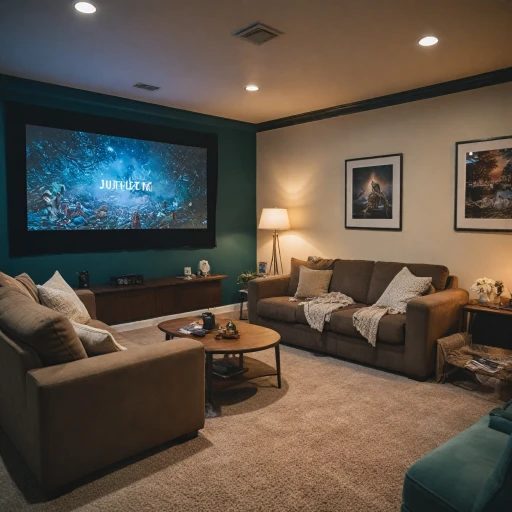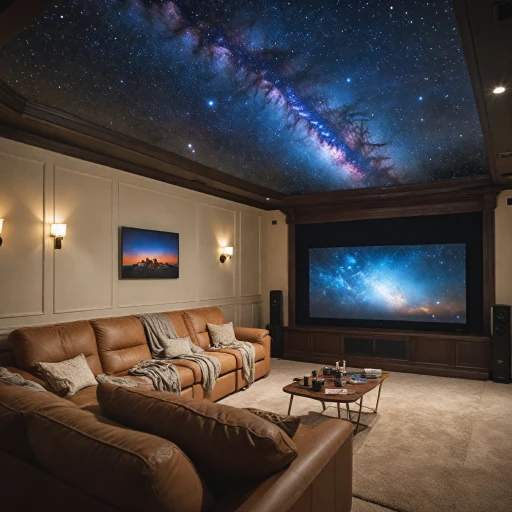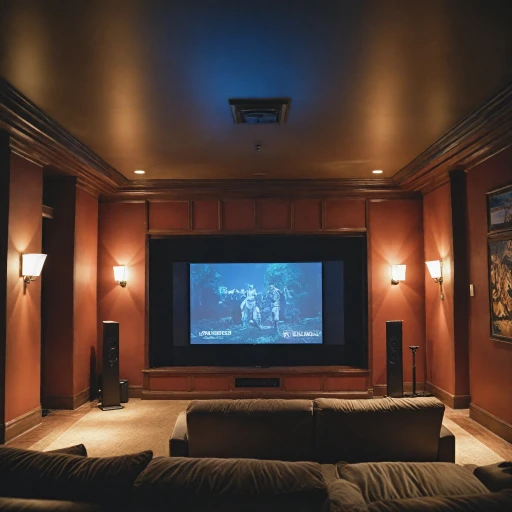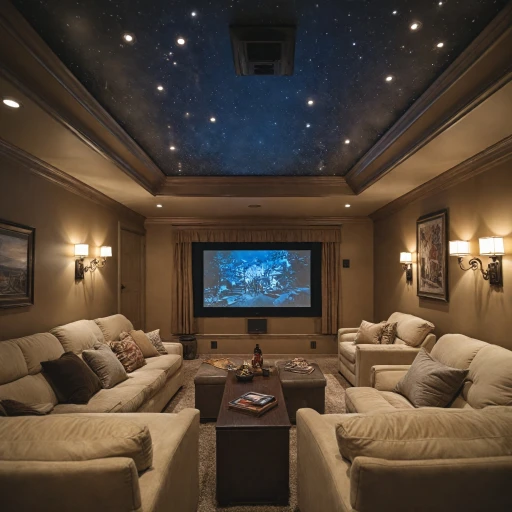
Common Causes of the Blue Screen
Identifying the Causes of the Blue Screen in Home Theater Projectors
Experiencing a blue screen issue with your home theater projector can be quite frustrating. To resolve the problem effectively, it is crucial to understand its root causes. These are often linked to connectivity issues, input settings, or hardware malfunctions.
One common cause is improper connection of your HDMI cable. A loose HDMI connection could lead to disruptions in the video signal, resulting in a blue screen. Ensure that the HDMI cables are securely connected to both the projector’s HDMI port and the source device.
Another potential issue might be the input source or projector display settings. If the input source on the projector is not correctly set to match the connected device, the projector will fail to display the intended video output, causing a blue screen. Navigating through the user guide to check the display settings and adjust the input source as needed can help resolve this problem.
It’s also possible that the source device is not sending a proper video signal. Double-check the video output settings on your laptop or other devices to ensure compatibility with the projector. If the device settings are correct, try connecting HDMI to a different HDMI splitter or port to see if the issue persists.
For detailed guidance on resetting your projector's settings to the default state, which can sometimes resolve persistent issues, you might find this article on resetting autofocus on your LED projector useful.
Troubleshooting Connectivity Problems
Resolving Connectivity Challenges
Establishing a proper connection between your projector and the source device can often help in avoiding the dreaded blue screen. If you are encountering this issue, checking your HDMI connection is crucial. Ensure that the HDMI cable is securely plugged into both the projector and the source device, such as a laptop, to facilitate a clear video signal. To further identify connectivity problems, evaluate the following steps:- Inspect the HDMI cables: Make sure the cables are not damaged or worn. A faulty cable can disrupt the video signal, leading to display issues on the projector screen.
- Switch HDMI ports: Test different HDMI ports on the projector if available. A malfunctioning HDMI port might be the cause of a missing video output.
- Verify the input source and settings: Double-check that the input source settings on the projector align with the connected device. If your projector is not set to the correct input source, it won't display the desired content.
- Use an HDMI splitter if necessary: For setups involving multiple devices, an HDMI splitter can manage the connections efficiently, ensuring the projector receives a consistent signal.
Adjusting Input Settings
Fine-Tuning Your Projector's Input
Adjusting the input settings on your projector can significantly help in resolving the blue screen issue. Users often encounter this problem when there's a disruption in the video signal from their source device, such as a laptop or a DVD player. Ensuring the correct input source is selected on your projector is crucial.
First, verify the input source on your device. With most projectors, you can do this by accessing the input or source menu via the remote control or the projector’s onboard buttons. Make sure the input matches the port where your HDMI cable is connected. For example, if you're using HDMI 1, ensure your projector's input is set to HDMI 1.
Sometimes, the issue may arise from incorrect display settings on your source device. It's important to check these settings on your laptop or media player. Ensure that your video output matches your projector's native resolution to secure a clear and stable connection. If you're using a laptop, you may need to duplicate or extend the display to the projector screen.
Additionally, inspect the condition of your HDMI cables. Damaged or low-quality cables can interfere with the video signal, resulting in a blue screen. Try using a different HDMI cable or test the current one on another device to rule out a faulty connection.
If you have multiple devices connected, consider using an HDMI splitter for efficient signal distribution. However, choose a quality splitter to avoid additional complications.
After checking these aspects, if the blue screen persists, explore your projector's user guide for model-specific advice. You may also find answers in sections relating to enhancing your home theater experience while projecting onto different surfaces. This can further enrich your setup, reducing the likelihood of input signal issues."
Dealing with Hardware Malfunctions
Identifying Hardware Failures
When dealing with a persistent blue screen issue, it's crucial to consider the possibility of hardware malfunctions. A faulty HDMI cable or a damaged HDMI port can disrupt the video signal, leading to display problems. Begin by inspecting the HDMI cables for any visible damage or wear. Replacing a worn-out cable might resolve the issue.
Testing with Different Devices
To further diagnose the problem, try connecting different source devices to your projector. If the blue screen persists across multiple devices, the issue might lie within the projector itself. However, if the problem occurs with only one device, the source device could be the culprit. Check the video output settings on the device to ensure compatibility with your projector.
Inspecting the Projector's Internal Components
Sometimes, internal components of the projector, such as the lamp or the internal circuitry, may fail. If you suspect an internal hardware issue, consult the user guide for troubleshooting tips specific to your model. It's important to handle the projector carefully to avoid further damage.
Seeking Professional Repair Services
If you've exhausted all troubleshooting steps and the blue screen issue remains unresolved, it may be time to seek professional help. A certified technician can perform a thorough check of the projector's hardware and make necessary repairs. For more guidance on finding reliable repair services, consider exploring reliable projector repair services nearby.
Preventive Measures for Avoiding Blue Screen
Regular Maintenance and Checks
To prevent encountering the blue screen issue on your projector, it's essential to implement routine maintenance checks and practices. By doing so, you can minimize the risk of disruptions and ensure a seamless viewing experience.
- Check Your HDMI Cables: Inspect the HDMI cables regularly for any signs of wear and tear. Also, ensure that they are securely connected to both the projector and the source device. A faulty HDMI cable can interrupt the projector signal, leading to a blue screen.
- Verify Display Settings: Make it a habit to review the display settings on both the projector and your source devices. Confirm that the video output settings match the capabilities of your projector display.
- Regular Cleanups: Dust accumulation can interfere with your projector's performance. Regularly clean the projector screen and the device itself to maintain optimal projector display.
- Monitor Firmware Updates: Occasionally, projector manufacturers release firmware updates that address specific issues and enhance functionality. Keeping your projector's software up-to-date can aid in preventing unexpected issues.
- Protect the HDMI Port: Use an HDMI splitter to reduce wear on the paper HDMI port when frequently switching between multiple devices. This practice can prevent signal degradation and protect the connectivity integrity.
Implementing these preventive measures not only helps avoid the blue screen issue but also extends the overall lifespan of your home theater projector. Maintaining these practices ensures that your projector will continue to provide an exceptional display, reducing the likelihood of having to seek professional help prematurely.
When to Seek Professional Help
Identifying When Professional Intervention is Necessary
Addressing a persistent blue screen issue with your home theater projector can be daunting. Often, despite your best efforts to troubleshoot connectivity problems or adjust input settings, issues may persist due to underlying complexities. Here's how to know when it's time to seek professional help.- If you’ve consistently checked all HDMI cables, confirming they’re connected properly to ensure a stable video signal, but the blue screen persists, it might indicate a deeper fault.
- Persistent hardware malfunctions, such as problems with the HDMI port or signals from the source devices, could imply that parts need repair or replacement by an expert.
- When preventive measures are in place, yet sporadic blue screens continue to prevent a smooth projector display, professional diagnosis might be necessary to determine the signal projector’s issues.
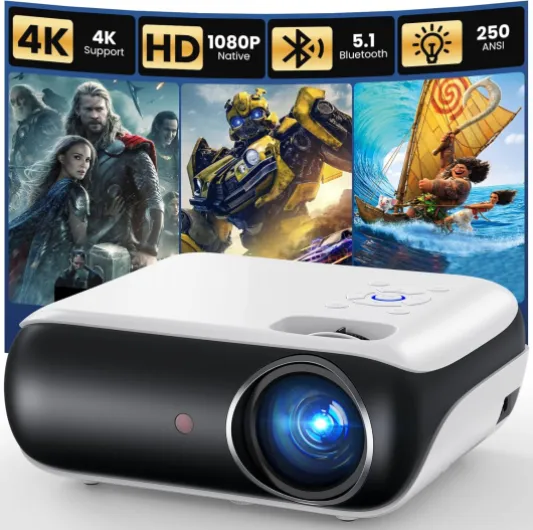
![[Official Google TV]Smart Projector 4K Supported with WiFi & Bluetooth, Netflix-Licensed, Outdoor Movie Projector with DoIby Audio, Auto Focus, Home Theater Proyector WIMIUS G1 (Gray, Standard) Standard Gray](https://www.home-theater-projector-guru.com/storage/544370/conversions/81r73FLCQ-L._AC_SL1500_-medium.webp)

